1-(Diphenylmethyl)-3-azetidinyl methanesulfonate
- CAS NO.:33301-41-6
- Empirical Formula: C17H19NO3S
- Molecular Weight: 317.4
- MDL number: MFCD00159216
- EINECS: 608-857-8
- SAFETY DATA SHEET (SDS)
- Update Date: 2023-05-17 13:48:25
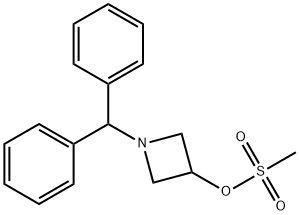
What is 1-(Diphenylmethyl)-3-azetidinyl methanesulfonate?
Chemical properties
White Crystalline Solid
The Uses of 1-(Diphenylmethyl)-3-azetidinyl methanesulfonate
A proline analog and proline formation inhibitor
Synthesis
Preparation procedure of 1-(Diphenylmethyl)-3-azetidinyl methanesulfonate: To a reaction flask was charged 632 g (2.64 mol) of 1-benzhydrylazetidin- 3-ol, acetonitrile (1.9 L), and triethylamine (601 g, 1.5 equiv). The mixture was cooled in an ice-acetone bath (-5 °C). Methanesulfonyl chloride (436 g, 1.20 equiv) was added via a drop funnel while keeping the reaction temperature at less than5 °C. HPLC showed reaction completion after 15 min. Water (6.3 L) was added, and the reaction mixture was stirred for 2 h at room temperature and filtered. The filter cake was rinsed with water (2 x 1 L), pulled dry under vacuum, and directly subjected to the amination reaction in the next step. Yield 100%.
Properties of 1-(Diphenylmethyl)-3-azetidinyl methanesulfonate
| Melting point: | 111-112°C |
| Boiling point: | 459.9±34.0 °C(Predicted) |
| Density | 1.28±0.1 g/cm3(Predicted) |
| storage temp. | Sealed in dry,Room Temperature |
| solubility | Dichloromethane, Ether, Ethyl Acetate, Methanol |
| form | Solid |
| pka | 5.67±0.10(Predicted) |
| color | White |
| InChI | InChI=1S/C17H19NO3S/c1-22(19,20)21-16-12-18(13-16)17(14-8-4-2-5-9-14)15-10-6-3-7-11-15/h2-11,16-17H,12-13H2,1H3 |
| CAS DataBase Reference | 33301-41-6(CAS DataBase Reference) |
Safety information for 1-(Diphenylmethyl)-3-azetidinyl methanesulfonate
| Signal word | Warning |
| Pictogram(s) |
 Exclamation Mark Irritant GHS07 |
| GHS Hazard Statements |
H302:Acute toxicity,oral H315:Skin corrosion/irritation H319:Serious eye damage/eye irritation H335:Specific target organ toxicity, single exposure;Respiratory tract irritation |
| Precautionary Statement Codes |
P261:Avoid breathing dust/fume/gas/mist/vapours/spray. P304+P340:IF INHALED: Remove victim to fresh air and Keep at rest in a position comfortable for breathing. P305+P351+P338:IF IN EYES: Rinse cautiously with water for several minutes. Remove contact lenses, if present and easy to do. Continuerinsing. P405:Store locked up. |
Computed Descriptors for 1-(Diphenylmethyl)-3-azetidinyl methanesulfonate
| InChIKey | MSVZMUILYMLJCF-UHFFFAOYSA-N |
| SMILES | N1(C(C2=CC=CC=C2)C2=CC=CC=C2)CC(OS(C)(=O)=O)C1 |
1-(Diphenylmethyl)-3-azetidinyl methanesulfonate manufacturer
ALS INDIA LIFE SCIENCES
Clarity Research Laboratory
New Products
Tert-butyl bis(2-chloroethyl)carbamate 4-Methylphenylacetic acid N-Boc-D-alaninol N-BOC-D/L-ALANINOL N-octanoyl benzotriazole 3-Morpholino-1-(4-nitrophenyl)-5,6-dihydropyridin- 2(1H)-one Furan-2,5-Dicarboxylic Acid DIETHYL AMINOMALONATE HYDROCHLORIDE 1,1’-CARBONYLDIIMIDAZOLE R-2-BENZYLOXY PROPIONIC ACID 1,1’-CARBONYLDI (1,2-4 TRIAZOLE) N-METHYL INDAZOLE-3-CARBOXYLIC ACID (2-Hydroxyphenyl)acetonitrile 4-Bromopyrazole 5-BROMO-2CYANO PYRIDINE 5,6-Dimethoxyindanone 5-broMo-2-chloro-N-cyclopentylpyriMidin-4-aMine 2-(Cyanocyclohexyl)acetic acid 4-methoxy-3,5-dinitropyridine 1-(4-(aminomethyl)benzyl)urea hydrochloride 2-aminopropyl benzoate hydrochloride diethyl 2-(2-((tertbutoxycarbonyl)amino) ethyl)malonate tert-butyl 4- (ureidomethyl)benzylcarbamate Ethyl-2-chloro((4-methoxyphenyl)hydrazono)acetateRelated products of tetrahydrofuran

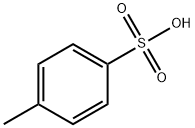
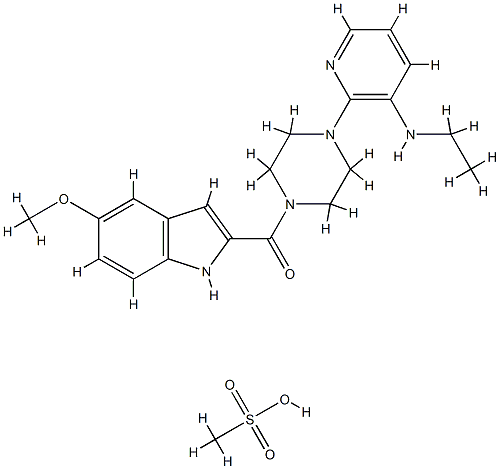


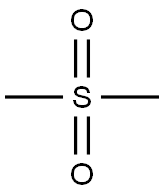
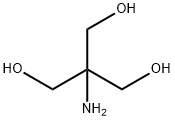
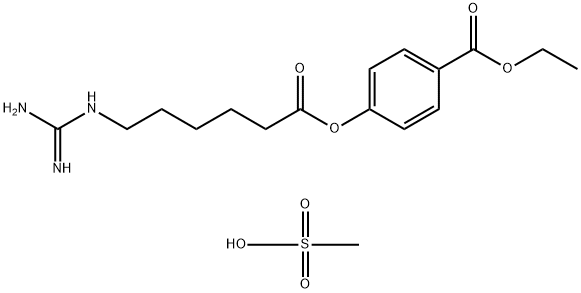
You may like
-
 33301-41-6 1-benzhydrylazetidin-3-yl methanesulfonate 98%View Details
33301-41-6 1-benzhydrylazetidin-3-yl methanesulfonate 98%View Details
33301-41-6 -
 33301-41-6 99%View Details
33301-41-6 99%View Details
33301-41-6 -
 1-Benzhydryl-3-methanesulfonatoazetidine 98%View Details
1-Benzhydryl-3-methanesulfonatoazetidine 98%View Details
33301-41-6 -
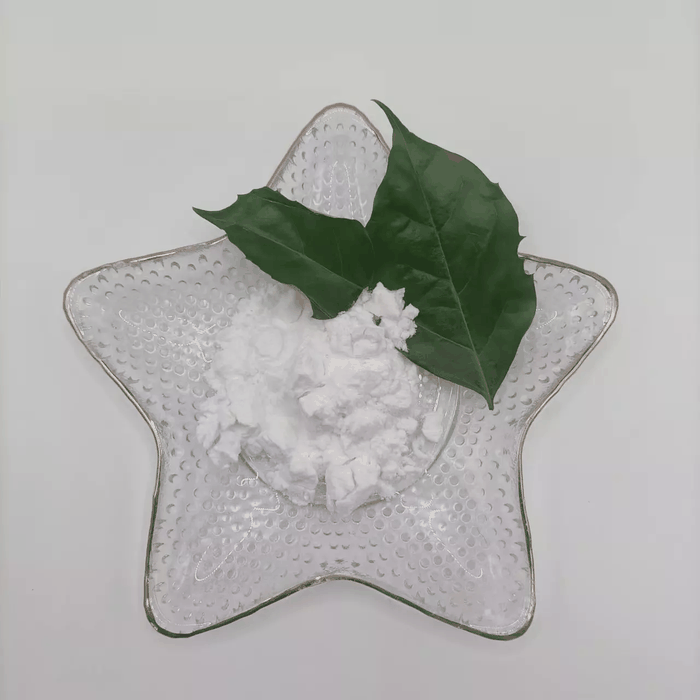 1-Benzhydryl-3-methanesulfonatoazetidine 33301-41-6 99%View Details
1-Benzhydryl-3-methanesulfonatoazetidine 33301-41-6 99%View Details
33301-41-6 -
 1-(DIPHENYLMETHYL)-3-AZETIDINYL METHANESULFONATE CAS 33301-41-6View Details
1-(DIPHENYLMETHYL)-3-AZETIDINYL METHANESULFONATE CAS 33301-41-6View Details
33301-41-6 -
 14714-50-2 (2-Hydroxyphenyl)acetonitrile 98+View Details
14714-50-2 (2-Hydroxyphenyl)acetonitrile 98+View Details
14714-50-2 -
 118753-70-1 98+View Details
118753-70-1 98+View Details
118753-70-1 -
 733039-20-8 5-broMo-2-chloro-N-cyclopentylpyriMidin-4-aMine 98+View Details
733039-20-8 5-broMo-2-chloro-N-cyclopentylpyriMidin-4-aMine 98+View Details
733039-20-8